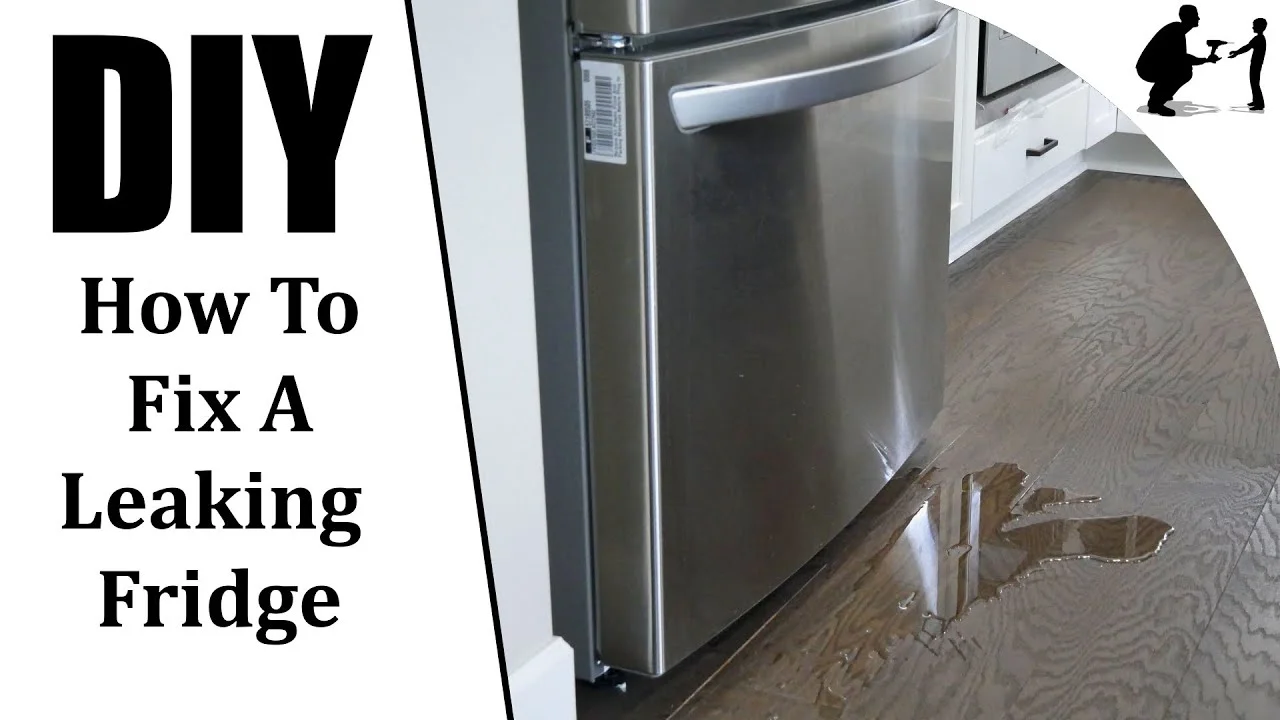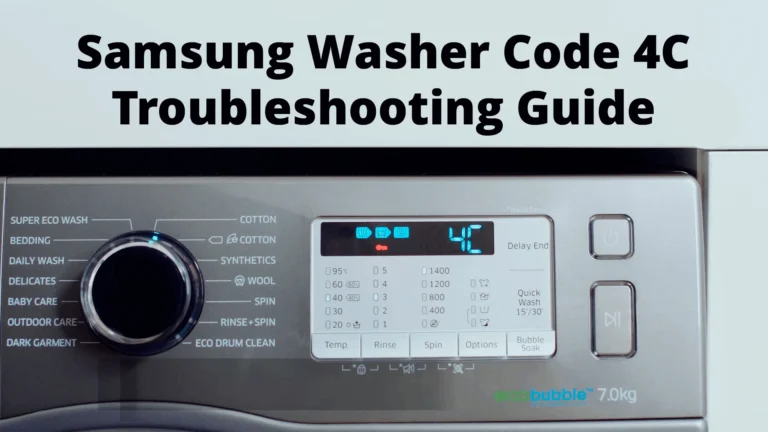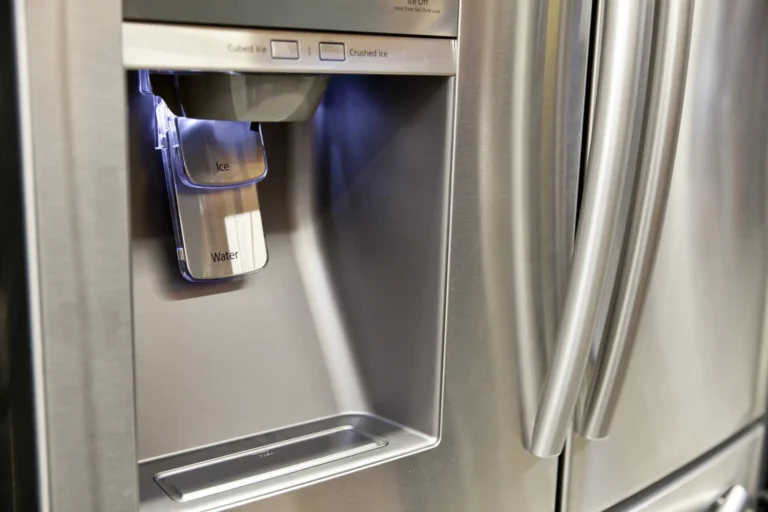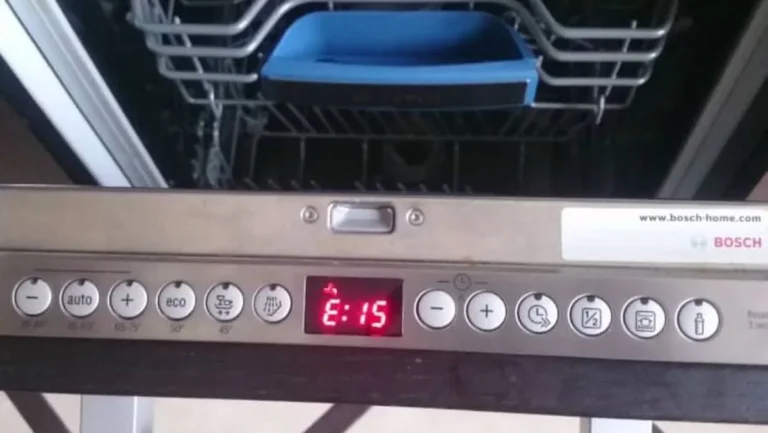Troubleshooting Water Leaks in LG Refrigerators
Refrigerators provide the essential function of keeping foods chilled and preserved. However, when your LG refrigerator starts leaking water, it can create a real headache. Identifying the source of the leak and taking appropriate action is key to resolving the issue promptly. This guide will walk you through the most common causes of water leaks in LG refrigerators and provide troubleshooting tips to stop the dripping and keep your food safe.
Slow or Inadequate Water Dispensing
If you notice the water dispenser on your LG refrigerator is dispensing water slowly or weakly, there are a few steps you can take to improve water flow and pressure:
Check the water supply – Make sure the water supply valve connected to your refrigerator is fully open. Partially closed valves can restrict water flow. Additionally, low household water pressure, often below 20 psi, can result in slow dispensing. Consider contacting a plumber to adjust home water pressure if it is consistently low.
Replace the water filter – Over time, water filters can become clogged, impeding water flow. LG recommends replacing water filters every 6 months for optimal performance. Switching to a new, clean filter often improves dispensing issues.
Clean the filter head – Mineral buildup and sediment trapped in the filter head can slow down water flow. Unscrew the filter head and rinse it under warm water to remove any debris. Wipe it dry before reattaching the filter.
Check refrigerant lines – If the refrigerator is not cooling properly, refrigerant flow to the water dispenser may be compromised. Have an appliance technician inspect the sealed system for leaks or blockages. Proper refrigeration is required for the dispenser to function normally.
Inspect the water inlet valve – Faulty water inlet valves prevent adequate water volume from entering the refrigerator. Have an appliance repair expert test the valve for functionality and replace it if defective.
Leaking Water Filter Housing
It’s not uncommon for excess water to leak from the water filter housing behind the bottom refrigerator door bin. There are a few steps to take to prevent leaks here:
Use only LG filters – LG refrigerators are designed for use with genuine LG water filters. Using inferior, off-brand filters often leads to leaks due to poor fit and seal. Only use replacement filters made specifically for your refrigerator model.
Check filter installation – Remove and reinstall the filter, taking care to insert it straight and twist it clockwise until it stops and locks into position. The arrow on the filter should align perfectly with the arrow on the housing when properly installed.
Inspect housing – Closely examine the filter housing for any cracks or damage that could be causing leaks. If cracked, the housing will need to be replaced by an appliance repair technician.
Check door seal – If the door seal is not fully sealing around the filter area, small leaks may occur. Examine the gasket for any gaps or tears and consider replacing the door seal if damaged.
Consider an inline filter – For recurrent leaks, installing an inline water filter between the water valve and refrigerator may be a better option than the internal filter housing. An inline filter bypasses the internal housing.
Leaks Inside the Refrigerator Compartment
Finding water pooled inside your refrigerator compartment can be perplexing and troublesome. Several key troubleshooting tips can help resolve interior refrigerator leaks:
Inspect door seals – Door seals that do not fully seal will allow air leaks into the refrigerator. As moist air meets cold refrigerator air, condensation forms inside the compartment, leading to water accumulation. Inspect seals and replace any with gaps, cracks or malfunctions.
Check refrigerator level – If the refrigerator is not properly leveled, the door seal may not fully close in certain spots. Use a level to ensure the refrigerator is completely level side-to-side and front-to-back. Adjust leveling feet as needed.
Airflow issues – Restricted airflow causes excess moisture buildup inside the refrigerator, leading to interior leaks. Make sure nothing is blocking the refrigerator condenser, which disperses heat. Also keep the door open infrequently and avoid over-packing refrigerator contents.
Defrost and inspect drain – During defrost cycles, melted ice water should run through a drain into a pan where it evaporates. If this drain line gets clogged, water can leak into the refrigerator interior. Defrost the unit and clear the drain line with a pipe cleaner or similar implement.
Damaged components – In rare cases, a damaged evaporator, water line, or other internal component can lead to leaks inside the refrigerator. If no other cause is found, contact an appliance repair technician to inspect and test the refrigerator’s sealed system and internal parts.
Water Under Refrigerator
Discovering a puddle of water on the floor underneath your refrigerator is worrying. Several key troubleshooting guidelines apply here:
Clogged defrost drain – During defrost cycles, melted ice should run through a drain tube into an evaporative pan under the refrigerator. If this drain line gets clogged, water can overflow the drain pan and leak onto the floor. Try clearing the drain line with a thin implement.
Check refrigerator level – If the refrigerator is tilted too far forward or backward, the drain tube can shift out of alignment, leading to leaks onto the floor. Check leveling and adjust as needed.
Broken drain pan – If the plastic drain pan itself has cracked or split, water will leak from the pan rather than properly evaporating. The drain pan will need to be replaced by an appliance repair technician.
Damaged water line – Refrigerator water lines that have cracked or split due to material defect or improper installation can lead to water leaks under or behind the refrigerator. Have a technician inspect the water lines.
Ice maker problems – Issues with the ice maker, like a stuck ice ejector or leaking fill tube, can allow water to overflow the ice collection bin and drip down beneath the appliance. Have the ice maker inspected and repaired by a professional.
Condenser leak – Very rarely, a leak in the refrigerant condenser coils can lead to water puddling under the refrigerator. If no other cause is identifiable, a technician should test the condenser and sealed system tubing for leaks.
When to Call a Repair Technician
While many minor leaks and dripping issues can be fixed with simple troubleshooting, there are times when the services of an appliance repair technician are required:
- If the refrigerator has serious cooling issues along with leaks
- To inspect and test sealed system components like condensers, evaporators and tubing
- To check for and repair electrical shorts or control board malfunctions
- To replace damaged major components like drain pans, evaporator coils or water valves
- If leaks originate from inside sealed refrigerator cabinet panels
- For recurrent leaks despite troubleshooting efforts
- If you are uncomfortable performing electrical testing or soldering repairs
Most water leaks in LG refrigerators originate from a handful of common issues like clogged drains or defective seals. Following troubleshooting guidelines can help isolate and resolve many problems before they worsen. But when in doubt, don’t hesitate to call in a trained appliance repair technician. Specialized diagnostic tools and technical skills are sometimes needed to correctly identify the leak source and make permanent repairs. With the right knowledge and resources, resolving refrigerator leaks can be a straightforward process.
Properly Diagnosing the Source of the Leak
Determining exactly where the water leak is originating from is crucial to properly repairing the issue. Take time to thoroughly inspect the refrigerator and identify the specific component or area that is leaking. Watch for drips and wet spots to trace the source. Leaks typically come from a handful of common points like the water dispenser, ice maker, defrost drain line or door seals. But in some cases, the source may be a damaged internal component like a water valve or refrigerant line. Unless the exact leak source is pinpointed, simply replacing parts and seals may not solve the problem. Utilize a systematic approach to diagnose the issue before attempting repairs.
Temporary Quick Fixes to Stop an Active Leak
While identifying and permanently fixing the root cause of a refrigerator leak is ideal, sometimes an active leak needs to be contained quickly to prevent damage. If water is rapidly dripping inside the unit, place towels or pans under the leak to catch the water until a permanent solution is found. Leaks from the door can often be temporarily improved by readjusting or cleaning the door seals. Small leaks from the water dispenser may be stopped by powering off the refrigerator to halt water flow through the system. Just be aware these are temporary measures, not solutions. The root cause still needs to be diagnosed and repaired.
Importance of Monitoring for Recurrent Leaks
Even after a refrigerator leak has supposedly been repaired, continue monitoring for several days to ensure the issue was truly resolved. It is not uncommon for leaks to reoccur if the underlying problem was not properly diagnosed and fixed. Periodically inspect beneath and inside the refrigerator in the days following a leak repair. Also keep an eye out for new wet spots or dripping. Immediately investigate any reemergence of leaks. Recurrent leaks indicate there is an ongoing problem that needs additional troubleshooting and repair work to remedy.
When to Consider a New Refrigerator
In some cases, an old refrigerator with chronic, unresolvable leaks may need complete replacement. If the unit is over 10 years old, has required frequent repairs, and continues leaking despite troubleshooting efforts, it may be time to consider investing in a new refrigerator. The cost of buying a new, Energy Star certified and warranty-covered refrigerator may actually save money compared to paying recurring repair bills on an antiquated, dysfunctional unit. Newer models are also much more water efficient. Know when to stop sinking more money into an irreparable appliance.
Conclusion
In summary, water leaks from your LG refrigerator can originate from a variety of components and issues. The most common problem areas include the water dispenser, ice maker, drain line, door seals, and internal tubing or valves. Many leaks can be resolved with simple troubleshooting steps like checking for clogs, replacing the water filter, inspecting door seals, adjusting leveling, or clearing defrost drains. However, some leaks require professional diagnostic testing and repairs by a trained appliance technician. Recurrent leaks or leaks of an unidentifiable origin will usually need the skills of an expert repair person.
Following the troubleshooting tips provided in this guide can help you isolate and resolve many common leakage problems in LG refrigerators before they worsen or cause substantial damage. Act quickly when any leaks are detected, make temporary accommodations like using pans or towels if actively dripping, and continue monitoring for several days after repairs to ensure the issue is fully fixed. With persistence and the right knowledge, the majority of refrigerator leaks can be corrected through proper diagnosis of origin and targeted troubleshooting. But for difficult recurrent leaks or ones originating internally, don’t hesitate to seek professional assistance.







